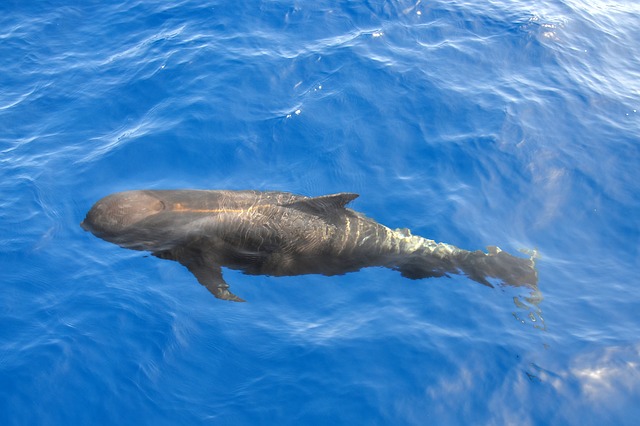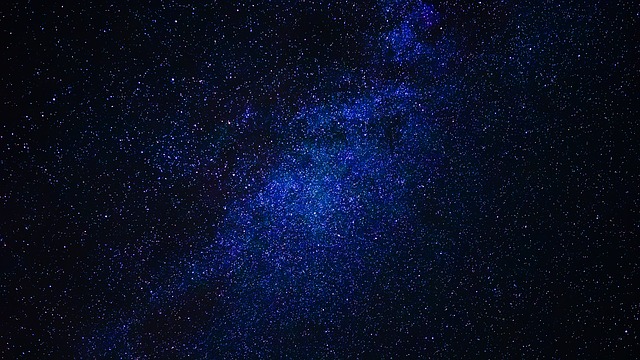Mantra meditation involves the repetition of a word or phrase while meditating. It typically combines mindfulness meditation with some form of chanting. It is an ancient meditation practice that has deep roots and is experiencing a resurgence in these turbulent times. Mantra meditations can be sung by an individual, group or choir and accompanied by music and/or calming visuals provided via video. These meditations through sound and vision often capture our connection with nature.
For example, the Epic Choir’s rendition of the Om SO HUM Mantra meditation simulates the movement of butterflies as the sound of singing rises and falls rhythmically. The epitomy of connection with nature in mantra meditation is provided by Lulu & Mischka’s video of “stillness in motion” which incorporates their chanting accompanied by guitar playing with visuals of sailing and singing with whales.
Lulu & Mischka – exemplars of the practice and benefits of mantra meditation
Lulu and Mischka are global exponents of the art of mantra meditation and have recorded two albums and produced a songbook in e-book form, as well as conducted workshops, concerts and retreats around the world. They recently provided mantra meditations over six days accompanied by Lulu’s harmonium and Mischka’s guitar playing as a contribution to inner peace in these turbulent times.
Lulu & Mischka describe themselves as “musicians and inner peace facilitators” who offer “joyful chanting and effortless meditation”. The capacity of mantra meditation to calm the nervous system, reduce emotional reactivity and destructive self-stories has been researched and validated by researchers at Linköping University, in Sweden. Other researchers have demonstrated consistently that “focused attention practices” such as meditation in its many forms develop “attention and awareness” while reducing self-obsession and harmful reactivity. Mantra meditations build our awareness of our connectedness to each other and to nature.
Reflection
As we grow in mindfulness through reflection and mantra meditations, we can achieve a stillness and inner peace in these turbulent times when everything is changing through the disruptive impact of the Coronavirus – through the constant and unpredictable disruption to our social, financial, employment, health, education and familial environments. Lulu & Mischka demonstrate in their own lives and their mantra meditations that that this approach to mindfulness can bring calm and joy to our lives – providing a retreat from the waves of uncertainty.
________________________________________
Image by Bernhard Stärck from Pixabay
By Ron Passfield – Copyright (Creative Commons license, Attribution–Non Commercial–No Derivatives)
Disclosure: If you purchase a product through this site, I may earn a commission which will help to pay for the site, the associated Meetup group and the resources to support the blog.

